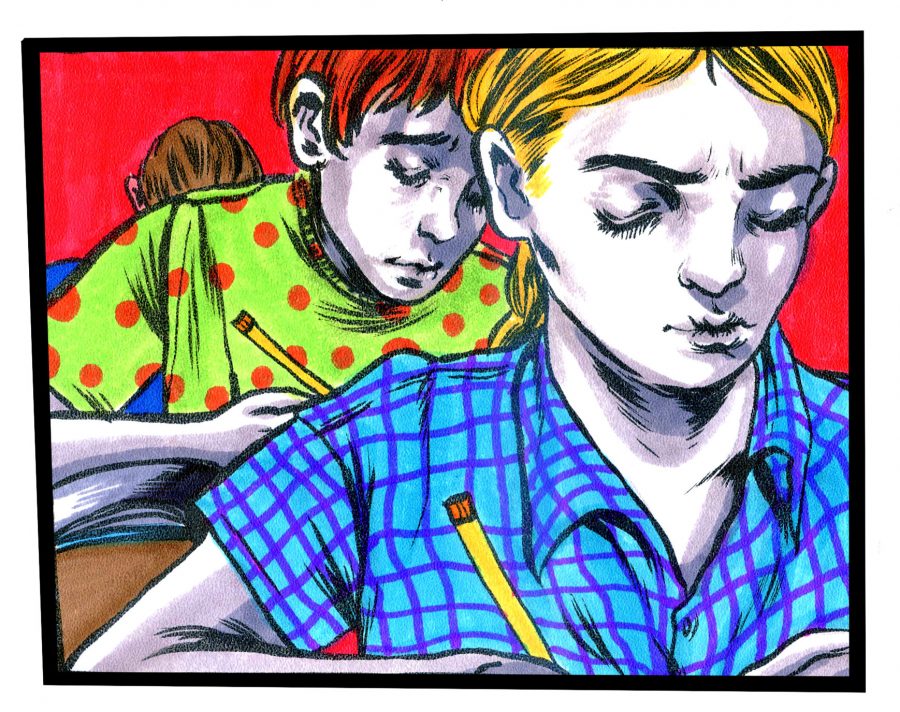UT System Chancellor William McRaven, an advisor to both the Bush and Obama Administrations and a retired Navy admiral, took questions after a speech at a Society of Plan II Engineers dinner last week. When asked about the biggest threat to U.S. national security, his instinctive, almost immediate, response was “pre-K-12.”
His answer makes sense. Better educated individuals tend to be healthier and wealthier, voting more frequently. They’re often more content and more supportive of civil liberties. Education is not only a question of quality of life but also of opportunity and equity.
The state of Texas is falling further behind its peers in national education rankings. Data released from the 2017 biennial test, the National Assessment of Education Progress, showed that Texas’ fourth and eighth grade students fell in both reading and math assessments relative to their previous national standings, with our state’s reading performance at its lowest rank in 25 years.
This slip is an unacceptable — but fixable — problem.
Everything’s bigger in Texas, including, at times, our education woes. A Center on Budget and Policy Priorities report states that Texas cut K-12 educational funding by 16.2 percent from 2008 to 2018 — despite increased need from Texas’ population growth, which ranks seventh highest in the entire country. Our inability to invest in the future of Texas’ students will continue to hurt resource-strapped schools, stifling educational outcomes for the foreseeable future.
Texas’ rankings by subject matter still look fairly good, but we need to be worried about lost ground. The Urban Institute’s more comprehensive analysis of NAEP data shows that we perform among the best nationally for math and above average for reading. However, Urban’s analysis still showed Texas sliding down in rankings for every category from 2015 because of lower scores. Last year, Texas students’ scores on state STAAR assessments fell for reading, science and social studies. Our state performance is stagnating. Without correction, this slide in performance could continue.
Texas is off to the right start with the Texas Education Agency’s math and reading academies, established by the legislature in 2015. Pam Bell, of the Meadows Center for Preventing Educational Risk, explained that we should establish more professional development and evidence-based educational programs, particularly for reading. Coupling teacher development — both before and after they begin in the classroom — with the right learning programs can accomplish a lot.
State leaders have changed their mind several times over the past few years, by both switching state assessments and changing statewide curricula — leaving students in a sort of academic limbo that only exacerbates the problem. But by focusing on equipping teachers with the right skill set and using science-based, proven educational programs for students, we can help Texas students get to a higher national standing.
Improving education isn’t optional. So let’s give Texas schools what they need to succeed.
Verses is an environmental engineering and Plan II freshman from San Antonio.





















